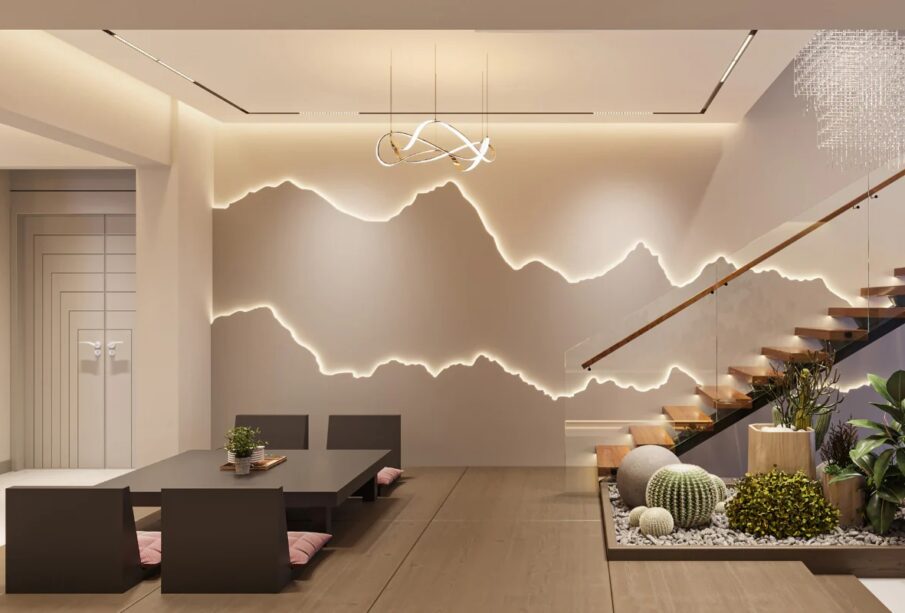The Art of Layering Light: Incorporating Wall Lights into Your Lighting Design

A space’s mood and functionality are greatly influenced by its lighting. Having a single light source is not enough to create a well-lit space; layering light is the key to good lighting design. This entails integrating ambient, task, and accent lighting into a unified design that adds warmth, depth, and adaptability. By enabling places to be modified for various activities and moods, such as having a dinner party, relaxing with a book, or working from home, layering light improves the user experience. In this situation, wall lights are a flexible component that creates a unified ambiance by bridging the gaps between task and ambient lighting.
Adding Wall Lights to Ambient Lighting
The fundamental layer that gives a room its overall illumination is ambient lighting. Usually, it originates from ceiling-mounted fixtures, recessed lighting, or chandeliers. Even though ambient lighting creates the mood, it could not always provide the subtlety or coziness that smaller, more private settings require. The wall lights beam here. Homeowners can create a softer glow that lessens sharp shadows and improves the room’s aesthetic appeal by carefully placing wall sconces or LED strip lights. In order to create focal points and guide the eye, wall lightscan also provide directional lighting. This delicate light layering contributes to a more welcoming and well-balanced ambiance.
Combining Task Lighting with Wall Lighting
Wall lights not only improve ambient lighting but also work well with task lighting, which is intended to help certain tasks like working, cooking, or reading. When used exclusively, task lights—such as desk lamps and under-cabinet lights—can occasionally produce areas of glare or insufficiency despite providing focused illumination. Beside a reading nook, wall sconces can be placed to provide ambient, soft lighting that complements task lighting. This combination makes it possible to create a more adaptable area where several tasks can be completed without causing eye strain or disturbing the atmosphere. Incorporating wall lights enhances functionality in addition to adding a decorative aspect to the design.
Accent lighting may add depth and interest.
As a last step, accent lighting highlights particular characteristics or design components in a space. By emphasizing architectural features, artwork, or plants, it establishes the mood while adding visual appeal and depth to the room. In this layer of lighting, wall lights—especially adjustable sconces—can be very important. You may produce dramatic effects by changing the light’s direction, emphasizing some features and creating shadows in others. This layering gives the space a dynamic feel that promotes engagement and connection with the surroundings. When wall lights are positioned carefully, they may turn walls from simple boundaries into canvases of light and shadow.
The Role of Underlayment in Shingle Roofing Systems
April 1, 2025
Comments are closed.
More News
-
Top Christmas Light Installation Packages in Utah for Your Home
January 31, 2025 -
Most amazing ways to elevate your apartment
June 24, 2024







